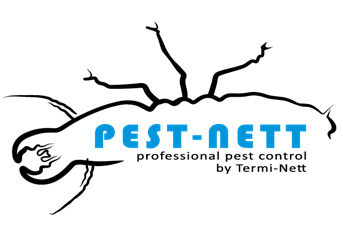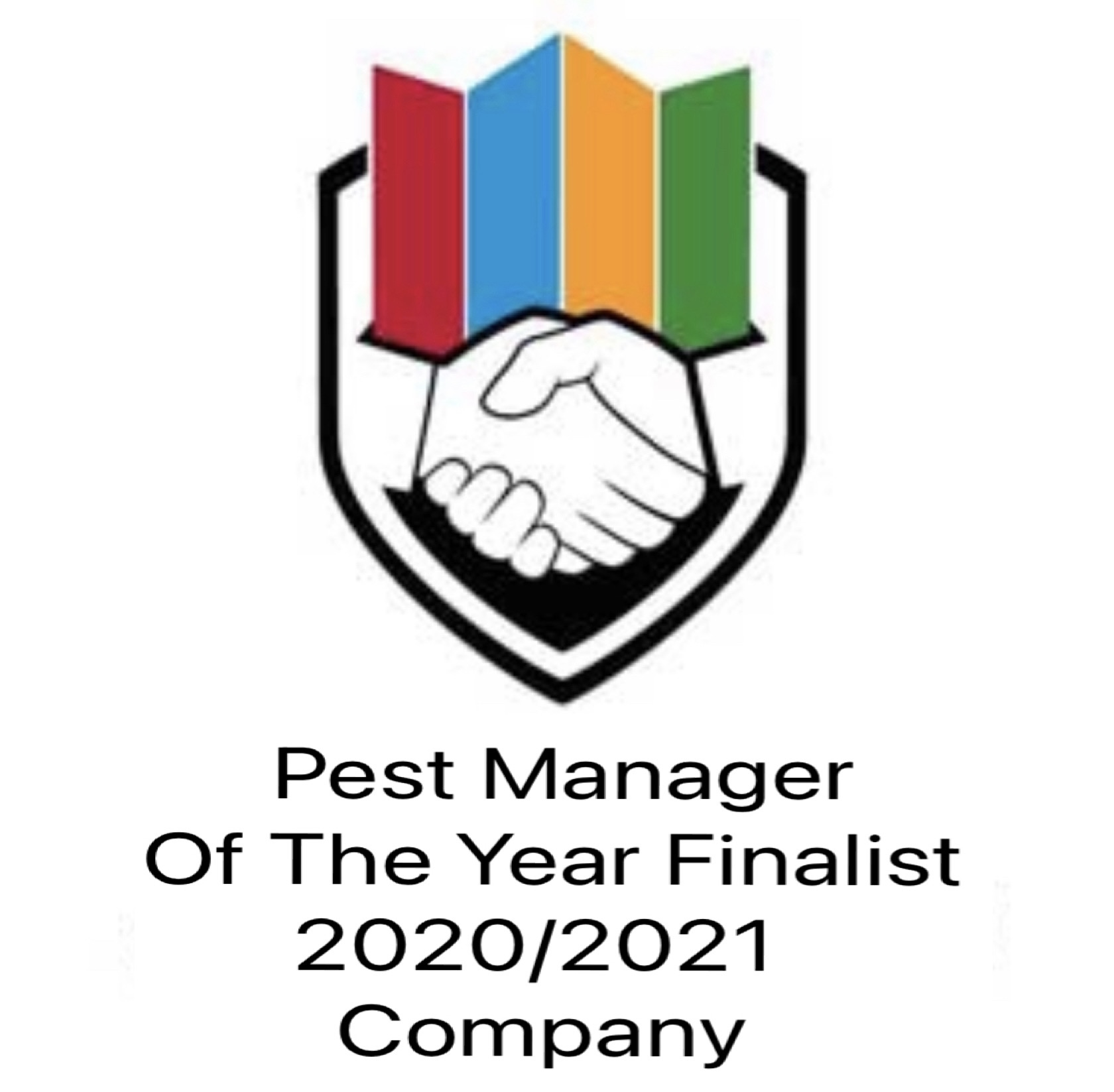There are over 1000 described species of anobiids. Many are wood borers, but two, the drugstore beetle, Stegobium paniceum (L.) (known in the United Kingdom as the biscuit beetle) and the cigarette beetle, Lasioderma serricorne (F.) (also known as the tobacco beetle), attack stored products. Stored product pests cause tremendous damage and economic losses to post-harvest and stored grains and seeds, packaged food products, and animal and plant-derived items and products. Besides causing direct damage by feeding, they elicit disgust, annoyance, and anger in many of those who find them infesting these products.
Distribution
The Drugstore beetle have a worldwide distribution but, are more abundant in warmer regions or in heated structures in more temperate climates. They are less abundant in the tropics than the cigarette beetle.
Description and Identification
Adults: The beetles are cylindrical, 2.25 to 3.5 mm (1/10 to 1/7 inch) long, and are a uniform brown to reddish-brown. They have longitudinal rows of fine hairs on the elytra (wing covers). Drugstore beetles are similar in appearance to the cigarette beetle; however, two physical characters can be used to tell the difference between them. The antennae of the cigarette beetle are serrated (like the teeth on a saw) while the antennae of the drugstore beetle are not an end in a 3-segmented club. The other difference is that the elytra (wing covers) of the drugstore beetle have rows of pits giving them a striated (lined) appearance while those of the cigarette beetle are smooth.
The drugstore beetle attacks such a wide variety of foods and material that one anonymous quote states that it “eats anything but cast iron.” It gets its name from its habit of feeding on prescription drugs. It also feeds on flours, dry mixes, breads, cookies, chocolates and other sweets, and spices. Non-food material includes wool, hair, leather, horn, and museum specimens. It is found in pigeon nests and is known to bore into books, wooden objects, and, in some cases, tin or aluminium foil and lead sheets. Larval feeding accounts for the greatest amount of damage. Museum and herbarium specimens are vulnerable to attack. Slight damage and contamination can ruin these valuable and priceless items. Drugstore beetles harbor symbiotic yeasts that produce B vitamins. The yeasts are deposited on the eggs as they pass through the oviduct and are consumed by the larvae during egg hatch. These yeasts enable the drugstore beetle to feed and survive on many foods and other items of poor nutritional quality.
Control
Preventing and controlling drugstore beetle infestations is relatively simple: Insecticides should be used only as a last resort. Locating the source or sources of an infestation is the first and most important step. Heavily infested items should be wrapped in heavy plastic, taken outside and thrown away. All food containers and items should be checked for infestation. Items can be placed in the refrigerator or freezer (16 days at 36°F or seven days at 25°F) to kill all stages. Place the items in a plastic bag to reduce condensation problems during thawing. Heating small quantities of infested material (190°F for one hour, 120°F for 16 to 24 hours) in an oven is also effective. Uninfested items can be cold- or heat-treated to ensure that any undetected stages are killed.
To prevent reinfestation, clean up spilled flour, mixes, crumbs, etc. and thoroughly vacuum and clean areas where the contaminated items were stored. Store foods in airtight glass, metal or plastic containers. Clear containers make it easier to check for infestation. Chemical treatment using commercially available insecticides or insect growth regulators is usually not necessary but if used, be sure to follow the label.
If you’re concerned about the drugstore beetle at your home or business, contact us today.
(source – University of Florida)


